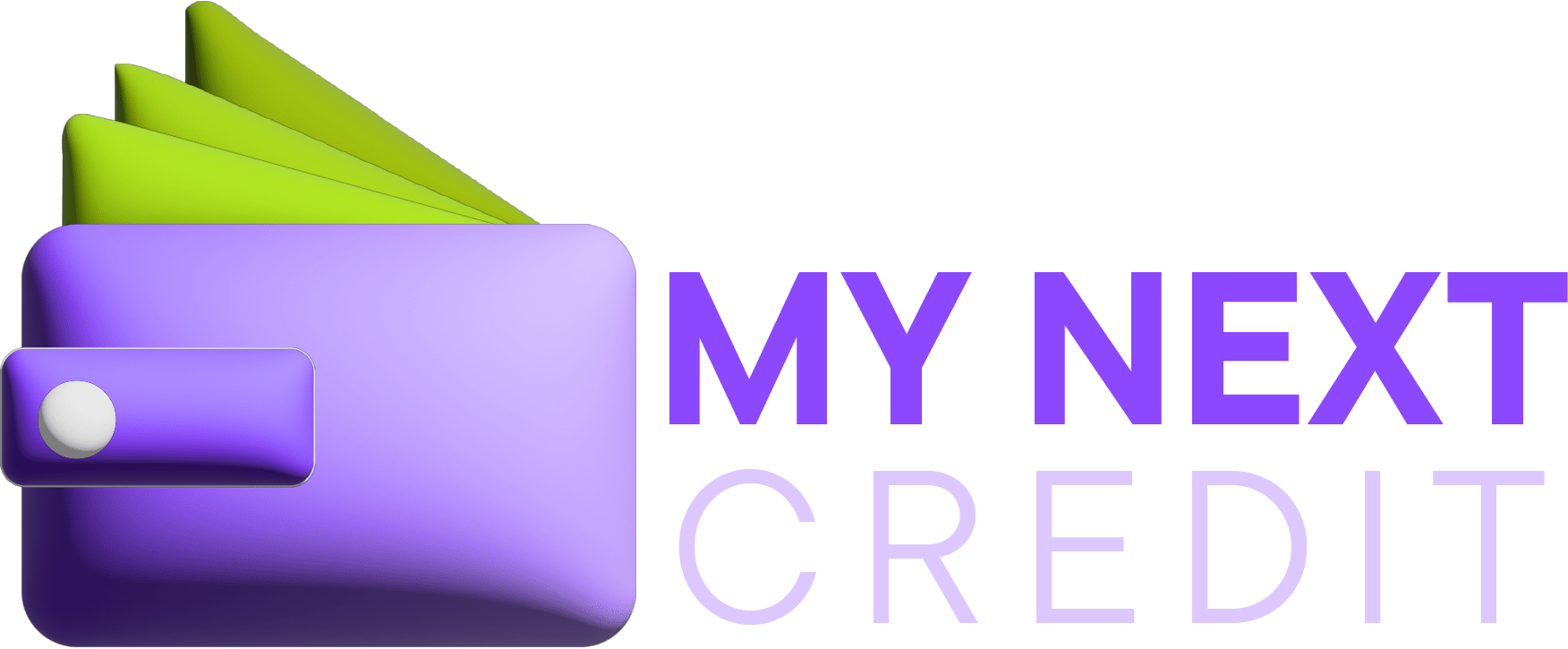Managing money effectively has become easier with the rise of personal finance apps that combine budgeting tools with investment tracking. These platforms allow individuals to organize expenses, monitor cash flow, and grow wealth—all from a smartphone. Unlike traditional spreadsheets, apps offer real-time updates and smart insights that make financial decisions clearer.
The increasing complexity of modern financial life makes digital tools essential. With multiple accounts, subscription services, and investment portfolios, it is easy to lose track of where money goes. Personal finance apps centralize this information in one place, simplifying oversight and saving time. More importantly, they encourage accountability by highlighting spending patterns and projecting future outcomes.
Budgeting with technology

Budgeting apps are designed to categorize income and expenses automatically, providing users with a clear picture of their financial habits. Platforms like Mint, YNAB (You Need A Budget), and PocketGuard allow individuals to track how much they spend on essentials like rent, groceries, or utilities, while also monitoring discretionary spending.
Another advantage of budgeting apps is their ability to send notifications and reminders. For example, if a user approaches the monthly limit for dining out, the app will alert them before overspending occurs. This proactive approach prevents budget shortfalls and encourages better habits. Many apps also allow customization, so individuals can set unique savings goals or track categories that matter most to them.
Making savings automatic
One of the most effective features offered by finance apps is automation. Many platforms can round up transactions to the nearest dollar and deposit the difference into a savings account. Others enable automatic transfers into designated funds, ensuring consistent contributions toward goals like emergency reserves or vacation savings. T
Automated savings also help reduce financial stress. By allocating funds immediately after income is received, users avoid the temptation of spending before saving. This method supports the well-known principle of “paying yourself first,” which is crucial for long-term financial success. Apps that integrate with banks and investment accounts make this process seamless, ensuring that savings remain a consistent priority.
Tracking and managing investments
In addition to budgeting, many finance apps offer features to monitor investment portfolios. Tools like Personal Capital, Empower, and Fidelity’s mobile app consolidate information across accounts, showing users the overall performance of their assets. This visibility helps individuals make informed decisions about rebalancing portfolios, reducing risk exposure, and identifying growth opportunities.
Some apps even provide automated investment advice, known as robo-advisors. These platforms use algorithms to allocate assets based on user goals and risk tolerance, offering professional-level management at a fraction of the cost. While not a replacement for personalized advice in complex cases, robo-advisors democratize investing by making it accessible and affordable for everyday people.
Balancing risk and opportunity
Investing through apps offers both advantages and challenges. While accessibility is higher than ever, users must be mindful of risks, such as overtrading or chasing short-term gains. Many apps include educational resources that guide users toward sound financial practices, encouraging a focus on diversification and long-term stability.
Another important aspect is aligning investment decisions with personal goals. Apps that allow goal-setting features—such as saving for retirement, buying a home, or funding education—help keep users focused on the bigger picture. By balancing risk and opportunity with long-term objectives, individuals create more sustainable investment strategies.
Taking control with personal finance apps
Personal finance apps represent a powerful combination of technology and financial planning. They simplify budgeting, automate savings, and provide critical insights into investment portfolios. By consolidating all aspects of money management in one place, these tools empower individuals to make informed choices and reduce financial stress. For those seeking greater independence and control, embracing these platforms can turn financial goals into achievable realities.
Ultimately, success in financial management comes down to balance. By combining discipline, technology, and a clear vision of the future, users can transform everyday money decisions into a roadmap for long-term security and growth. Personal finance apps are not just digital conveniences—they are essential allies in the journey toward financial independence, helping people make smarter choices every step of the way.
